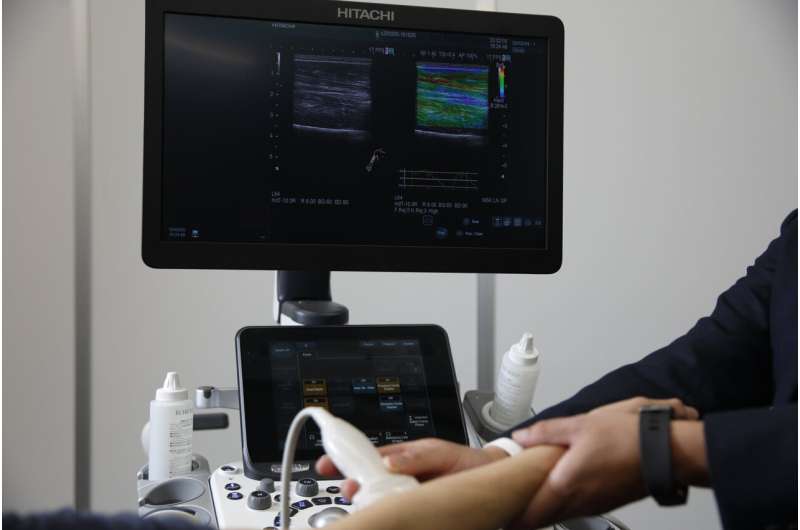Muscle mechanics: Improving sports performance with muscle mechanical properties

For any athlete, be it a marathon runner or a volleyball player, improving one's performance is paramount. In fact, a major area of research in sports science is dedicated towards understanding how different muscle factors—size, weight, and length, influence an athlete's dynamic performance. Muscles properties in passive or 'relaxed' state, including muscle tension, rigidity, and stiffness, are of particular interest. While some studies suggest a possible association between passive muscle properties and performance during rigorous exercises, other studies indicate a lack of correlation. As a result, the current evidence linking passive muscular mechanical properties with performance is inconsistent and inconclusive.
Given the need to improve understanding in this sphere, Dr. Ryoichi Ema, an associate professor at the Shizuoka Sangyo University in Japan further probed into the relationship between passive muscle mechanical properties and dynamic performance. Citing the rationale behind the study, Dr. Ema says that "the shear modulus or muscle stiffness is an indicator of passive muscle mechanical properties. The vastus lateralis (VL) is an important muscle in the thigh that is linked to intensive leg extension exercises. So, our research focused on examining whether the shear modulus of the VL is associated with dynamic performance outcomes of high-speed activities. With this study we aim to fill in the inconsistencies of previous findings." The study was made available online in the European Journal of Sport Science.
Dr. Ema hypothesized that mechanical properties of relaxed muscles are correlated with performance during high-speed stretch-shortening cycle (SSC) and explosive exercises. He and his team recruited 30 young healthy women (18 physically active and 12 sedentary), who were asked to randomly perform different exercises involving the VL. These included squat jump (SJ), countermovement jump (CMJ), rebound jump (RJ), and multi-joint leg extension at three velocities (low, moderate, and high). The team measured the jump heights for the jumping exercises and muscle power for the leg extension exercise; along with assessing the relaxed shear modulus of the VL using ultrasound elastography. Finally, they determined the correlation between these variables through statistical analysis.
The results showed that the shear modulus of VL was positively correlated with the activity-based parameters. The correlation was more significant with RJ height, and multi-joint leg extension power at moderate and high velocities. On the contrary, the correlation was inconsequential with SJ and CMJ height and leg extension power at low velocity. This suggests that passive mechanical muscle properties, like shear modulus, are essential for performance during a series of rapid SSC exercises. Similarly, it indicates that passive muscle mechanical properties are vital for force generating potential at high velocities.
But what is the underlying physiology and relevance of these correlations? Muscles that have an abundance of connective tissues and contracting elements tend to have a higher passive shear modulus. This allows for rapid transfer of force to the tendons and better force-velocity balance, which helps in modulating the speed of movement. SSC movements and multi-joint leg extensions at higher velocities are usually observed in fast-paced activities like running, sprinting, and volleyball. Therefore, these findings indicate that the passive mechanical properties of an agonist (contracting) muscle, like the VL, play a crucial role in performance during high-speed dynamic exercises/activities. Furthermore, this study has got the ball rolling for future research to look into the combined role of other muscle groups and muscular factors on dynamic performance.
Discussing the real-life applications of these results, Dr. Ema says that "these findings can be useful for guiding sports training and coaching, and for developing suitable exercise modalities for individuals aiming for performance improvements."
More information: Ryoichi Ema, Association between elastography-assessed muscle mechanical properties and high-speed dynamic performance, European Journal of Sport Science (2022). DOI: 10.1080/17461391.2022.2097129




















